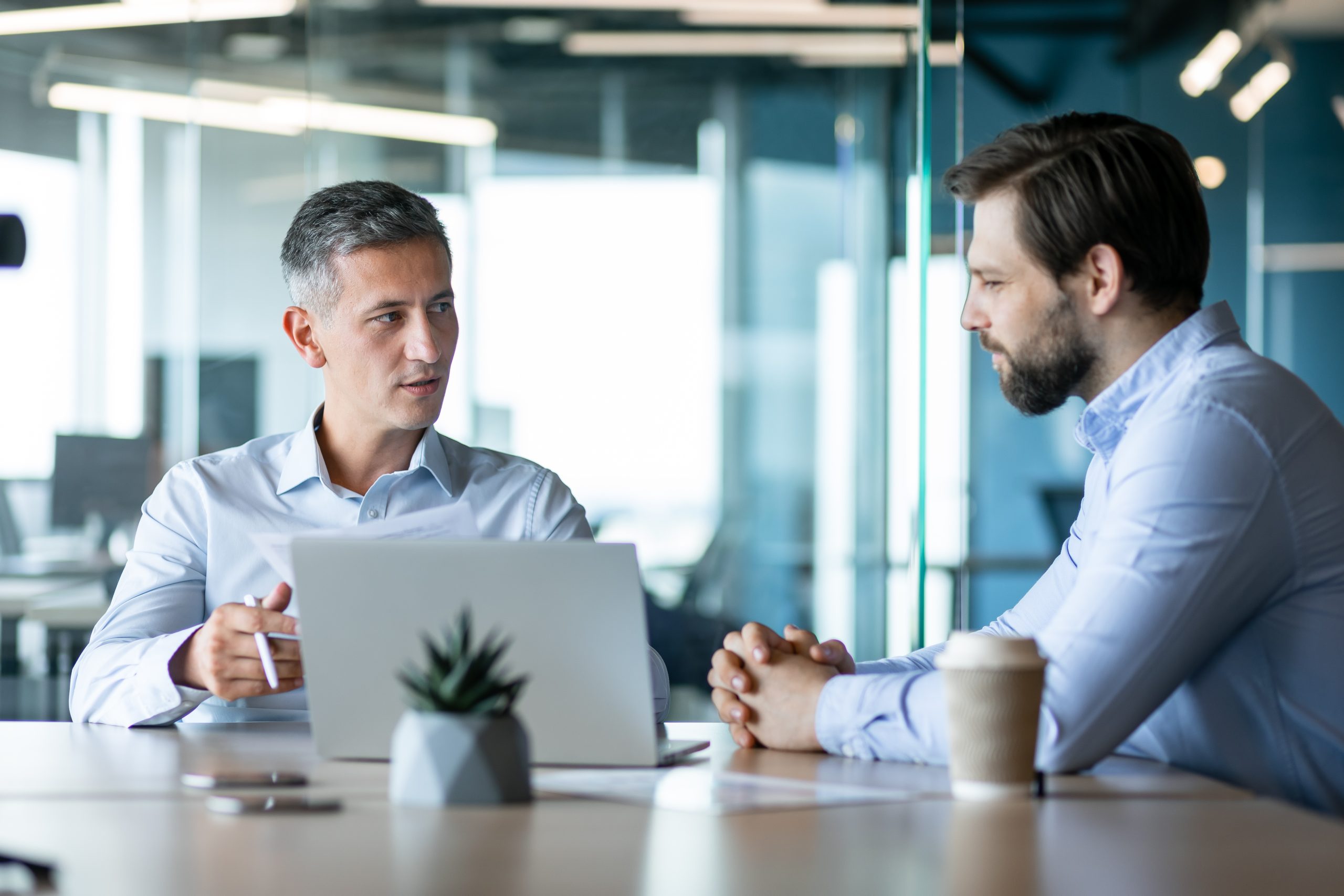Keeping up with the latest innovations while maintaining a secure — and easy — user experience is an ongoing challenge for businesses. This is especially the case for small and medium-sized businesses (SMBs), who often are overlooked and expected to shoehorn enterprise solutions that weren’t built for them.
The IT teams powering these organizations are contending with smaller budgets and economic uncertainty, vendors raising licensing costs while giving less attention to smaller accounts, and new workplace realities that have fundamentally changed how the security perimeter is drawn.
So, to maintain a competitive edge and sustainable profitability, many SMBs are leaning into their relationships with MSPs. As a result, MSPs are experiencing a healthy uptick in business. In a recent Datto survey, 82% of MSPs said they expect revenue growth over the next three years, and 74% expect growth of more than 5%.
But it’s not all smooth sailing, as there’s growing apprehension about MSP security protocols. As security threats grow in sophistication and frequency — especially for SMBs — how can MSPs optimize their offerings, as well as reassure potential and existing clients that IT operations are in safe hands?
The answer lies in IT consolidation.
MSPs and the Tech Stack
Today, MSPs juggle an extraordinary number of tools, with point solutions scattered across diverse customer profiles. It’s not just about enabling Customers A and B to use different devices or log into a mix of cloud and on-premises software, but the need to standardize across these points to deliver service uniformity.

Antoine Jebara
MSP admins often manage tools from various vendors, working across layers of usability, security, and billing, and they lean on documentation platforms to serve as the linchpin for tracking permissions, processes, and procedures.
Ironically, simplicity — which should be the cornerstone of IT operations — gets buried beneath these various layers.
Driven by years of established practices, companies often carry forward legacy habits and infrastructure, which can be counterproductive and require change. The MSP challenge isn’t just about instant transformation but charting a sustainable path towards it.
Integrating platforms, such as an open directory, provides a balanced approach. It allows companies to retain existing systems while facilitating the secure, gradual replacement of components over time, while also accommodating swift changes that become urgent due to security breaches, compliance mandates, or insurance requirements.
Maintaining simplicity alongside flexibility is an MSP’s key to success. An all-encompassing, real-time, consolidated view across deployments and efficient management of identities, access, and devices allows MSPs to optimize operations, reduce human resource overhead, save on vendor costs, and bolster security.
From Sprawl to Consolidation
IT consolidation is the process of streamlining and updating your tech stack. It allows an MSP to minimize the number of vendors it must manage, and it improves the management experience while continuing to offer top-notch services to clients.
It also lets MSPs enhance their value proposition. It can be positioned as an efficiency and security upgrade for existing clients while showcasing an MSP’s tech-savviness and value as a partner committed to improving its offerings.
IT consolidation offers extraordinary value, giving MSPs more available spend, reducing the number of vendors and services to manage, and improving the overall experience for both admins and clients.
The Path Forward for MSPs
Whether you’re building your tech stack from scratch or managing an aging, legacy-heavy IT Frankenstein, you can start your consolidation journey today.
Here are five quick tips to help you get started:
- Audit your existing tech offerings: Determine where gaps exist, evaluate them on a scale from critical to “nice to have,” and see what software or platforms accommodate your and your clients’ essential needs.
- Recruit an internal testing team: Getting your team up to speed with new products is a necessary step before introducing anything new. Enlist internal volunteers to test, generate feedback and suggestions, and prepare support teams to anticipate client issues.
- Roll out new products for clients: Adopt a phased approach to allow clients time to adapt, and avoid overwhelming support teams. Communicate clearly to manage expectations for a smooth implementation.
- Eliminate redundancies: After clients have had adequate time to adjust to the new software, phase out old platforms and solutions to avoid redundancies and unnecessary complexity.
- Provide ongoing support: IT consolidation is a journey, not a destination. Make support a priority; help clients navigate any challenges during the transition.
As SMBs turn to MSPs in record numbers, successfully identifying gaps, redundancies, and security vulnerabilities in a client’s IT infrastructure to enable maximum efficiency and security is the key to success.
Antoine Jebara is co-founder and general manager of MSP Products at JumpCloud.
Image: iStock













